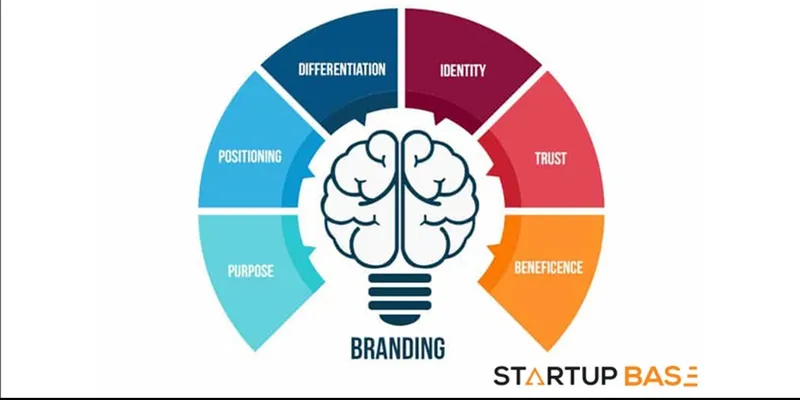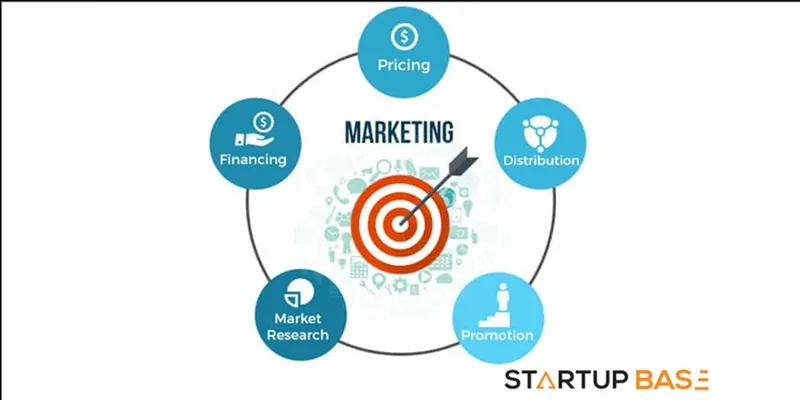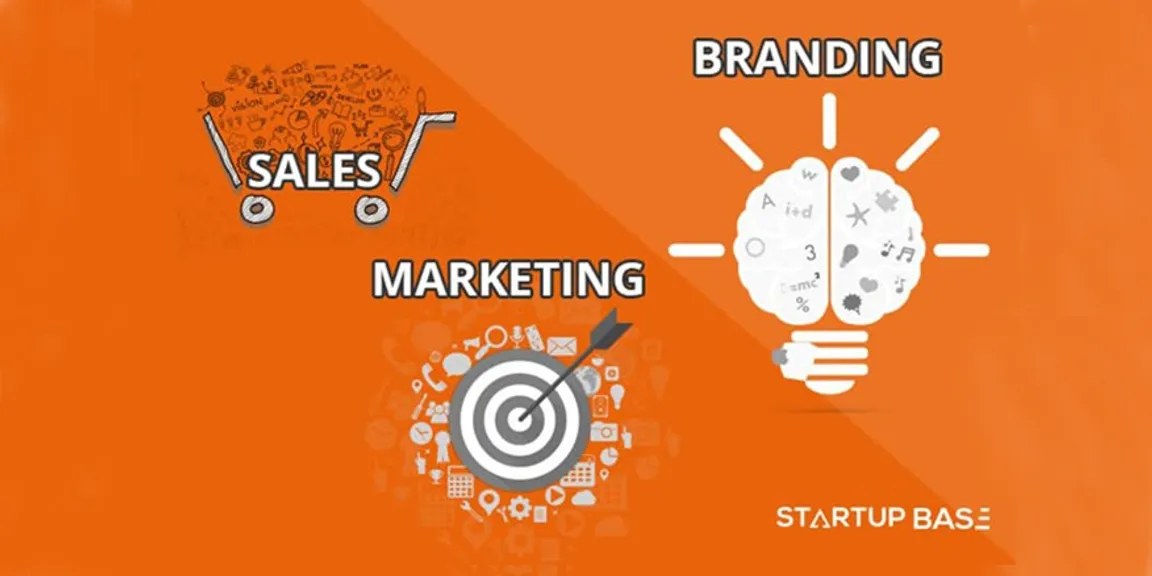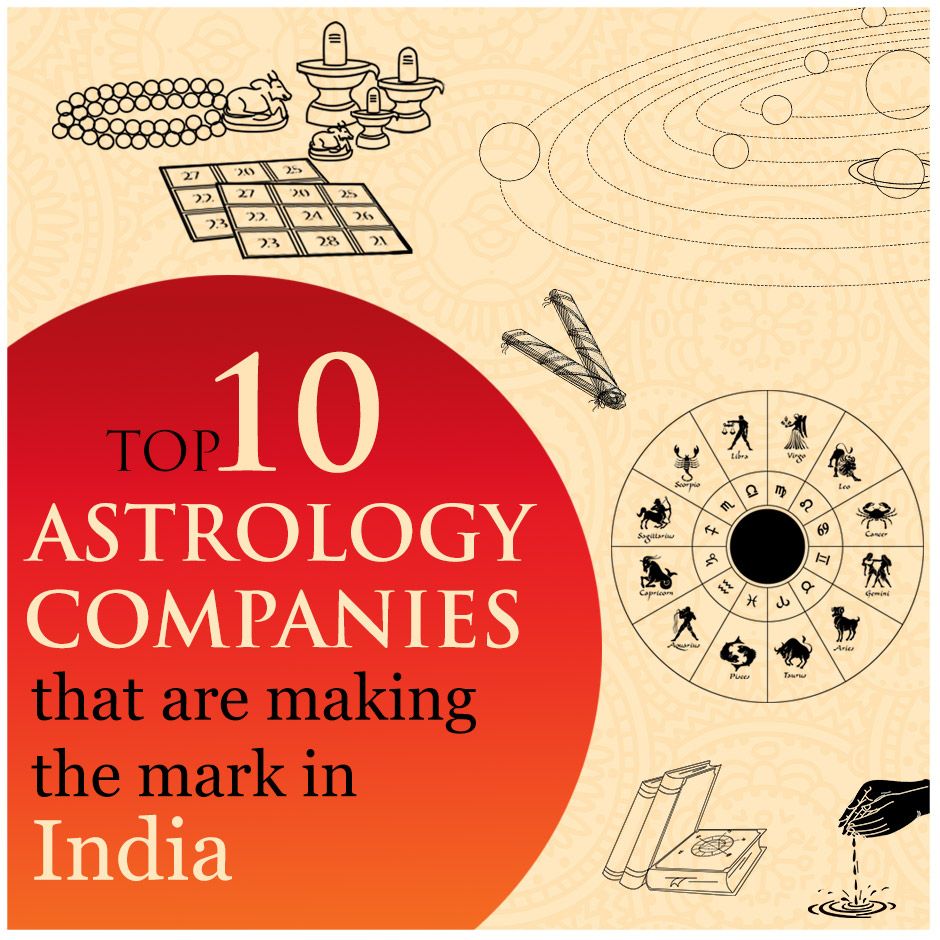

Why you may need to know the difference between sales, marketing, and branding
Branding, marketing, and sales – if you own a business; helping one or even work at the bottom of the pyramid in any company you are likely to hear these terms on a daily basis.

Sales, Marketing, and Branding jargons are used as much as any military fighting a war would talk about bullets, enemy, and casualties on the battlefield. For some, these marketing terms are only mental constructs which define how a business is run. As for the rest, they often interchangeably use these words without actually realizing that they often relate apples to oranges! In fact, it is common to hear marketing being used in place of branding or sales being seen as a part of the marketing strategy.
So let’s try and put these three distinct activities in a few lines before we take a detailed look at their definition and purpose. ‘Branding’ is all about establishing an identity in the market which is easily distinguishable from others competitors in the same territory. It is furthered by ‘Marketing’ that arouses the right kind of emotions among customers in terms of the product, pricing, and positioning. ‘Sales’ completes the troika by fulfilling the demands of the customers that marketing exercise creates and converts leads into sales. To understand this further we take the example of one of the most revered brands in the world Apple Inc. and see how it works out Branding, Marketing, and Sales.
Branding

As it is often said branding precedes both marketing and sales and hence we start by seeing what branding really is. By definition, it is the process that goes into creating a unique name and identity in the market. Whether a business is able to establish a strong brand identity decides if it is able to convert a customer into a loyal one. This is what brings us to six fundamental conceptual models that define a brand which was devised by none other Philip Kotler better known as the ‘father of modern marketing’. Talking about Apple Inc. we are able to understand how the company has worked these models to its advantage.
Brand Purpose – Apple Inc. clearly defines its brand purpose i.e. to deliver the best personal computers with the best OS, professional software, smartphones and wearable gadgets. It is credited with having set the standard for global smartphone industry with others trying to ape what it does.
Brand Positioning – It is defined as goals set by a business where it strives to create an exclusive impression in the customer’s mind where they associate great things with the brand. The iPhone is the most desired phone in the world and so is the MacBook in terms of personal computing. This allows Apple to achieve full marks in its goal and brand positioning.
Brand Differentiation – As the term is self-explanatory it is how a brand separates itself from others in the market. Apple products are priced premium and offer the best in terms of quality and experience. It has differentiated itself from other competitors who offer devices across different price segments in the market.
Brand Identity – It is all about making your brand a desirable part of a person’s like. The half-bitten apple enjoys huge following and in fact, many of its customers even put this logo up on their vehicles to show their love for the brand. Apple has cultivated a strong bond between its products and customers which is paying rich dividends.
Brand Trust – Apple has built a great relationship with its customer where they trust the company to deliver them the best products that are miles ahead of its competitors in terms of quality, finish and experience in using them.
Brand Beneficence – It is how a brand contributes to the society and especially to its customers. It is where most brands apply an emotional strategy and Apple has done it with its ‘creative imagination’ campaign where it assures customers of bringing out products that have no parallels in the market and introduce them to new technologies.
Marketing

If branding is strategic, marketing is tactical and as the experts say it is a creative exercise in which you would position your brand in a competitive marketplace. It is an extension of your branding campaign where you would communicate all that your brand stands for vis-à-vis brand identity, positioning, differentiation, trust etc. to the customers. While there are dozens of marketing functions that have so far been identified and defined by experts here we take a look at the five core marketing functions and see how Apple Inc. has nicely crafted them –
Market Research – Every business has its own way of doing market research. While some do it to identify opportunities in the market a brand like Apple creates its own opportunities and then refines its products. It collects regular feedback from its users to bring about changes and modifications in the products that allow it to retain its cult image in the market.
Financing – It is often said you need to spend money to make money or in other words find funds to run aggressive marketing campaigns. While Apple doesn’t need to chase investors anymore, in its early days it raised money from investors such as Mike Markkula to run its campaigns.
Pricing – While for most businesses pricing is about keeping it at the lowest level thus offering ‘value for money’ to customers, Apple does it the other way. All its products are priced premium thus catering to the top of the pyramid. Its sells ‘value’ in terms of quality rather than price. In fact under cutting competition by lowering price has killed many brands as it never allows them to break even, a risky strategy that Apple never tried.
Distribution – In a competitive market even the best brands can’t survive without a great distribution model. “Where do I buy the product?” is one question that is there in mind of all customers. Though Apple controlled its entire distribution in the early days it soon realized that exclusive Apple Stores won’t be able to keep up with demands. Thus it added channel partners such as AT&T, Wal-Mart and various other telecom carriers in different parts of the world to maximize its reach.
Promotion – How products are promoted often defines their success in the market. Apple uses different channels to promote its products and these include web, TV and print. It comes out aggressive print and TV commercials with every product launch to create awareness and desire among its target audience. It follows this up with a sustained digital marketing campaign that always keeps these products in front of the customers’ eyes.
Sales
It is often considered the final step of the process for a business and the actual stage when branding and marketing are monetized or they meet their worth in salt. Seasoned marketers term ‘sales’ as the differentiator between a ‘successful business’ and a ‘good idea’. If with all your branding and marketing campaigns you aren’t able to earn money to run your business the strategies you have tried would fall flat on your face. Like branding and marketing, sales to has three core functions and this is how Apple’s salesperson interact with their customers to satisfy their needs –
Understanding Needs – Every customer has his/her own needs and Apple has a wide selection of products that are targeted to meet such niche needs. Whenever a customer walks into a store or talks to a sales executive over the phone they focus on carefully understanding the needs of the customer. For instance, when a customer plans to buy a MacBook he/she can choose between the entry end MacBook Air and top of the line MacBook Pro 15 and salesperson would take note of the customer’s tastes, preferences, and budget.
Present Solutions – Once the salesperson at Apple knows the exact need of their customers they suggest them the best possible product that would suffice these needs. If there are two variations of the same iPhone in terms of internal storage they would explain the pros and cons of both products to the customer allowing him/her to take an informed and qualified decision.
Solve Problems – At Apple, it isn’t only about selling the product as most of its customers aren’t likely to find another brand that would offer similar value and hence focuses on solving problems. Apple prefers on-store experience for its customers overselling its products online and has designed personal pickup model where a customer shops for the product online and picks it up from the store with a detailed demo. Thus he/she is saved from the hassle of unboxing a product and finding it tough to insert a SIM card or sync data on the new device.
To sum-up, the success of a business rests on the perfect synergy between branding, marketing and sales. If they are not in equilibrium in relation to each other a million dollar idea can be a non-starter. And when they are in perfect harmony they script inspiring tales.
Originally published at Startupbase




